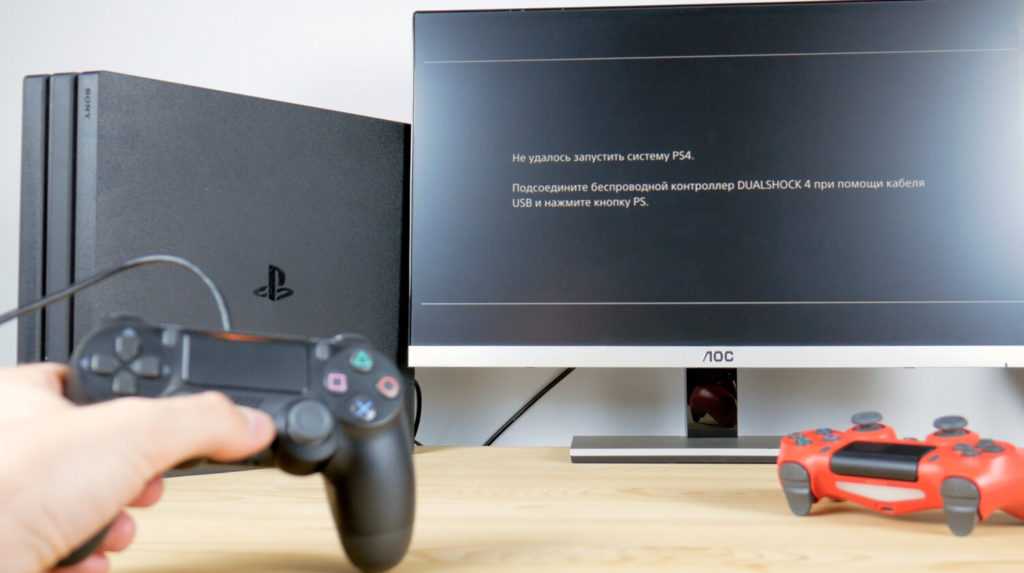Everything About PS4 USB Ports You Want to Know
A USB port in the PS4 is a small port that allows a variety of USB compatible devices to connect to it and transfer digital data over USB cables. It can also supply electric power across the cable to devices that need it. Some examples of devices that connect to the PS4 USB ports include a DualShock 4 controller, external storage devices, speakers & headphones, PS4 VR, and more.
Any PS4 owner is fully aware of the importance of USB ports in the gaming system. In fact, the majority of consumers believe that the PS4’s two USB ports are insufficient. They recommend at least four or five ports for their convenience. Some individuals may opt for a USB hub to gain additional USB ports, however, this is not a flawless option. The primary disadvantage here is that not all USB devices work via USB hub. Some will work without an issue and some won’t work at all.
PS4 USB connection is an essential topic to talk about here because it features a major factor in understanding how external storage devices work on the PS4. And since our blog is mainly about the storage of PS4, we’ll cover this topic in detail.
Also, note that we have published a special article about PS5 USB ports. Read it if you’re interested in learning about it in thorough detail.
PS4 USB Ports Number & Location
The number of USB ports in PlayStation 4 is two. The PS4 still maintains these two USB ports as it has been doing in other previous versions of the PS consoles. The two USB ports are located right at the front of the console which isn’t a surprise because we saw that in the PS2 and PS3.
Two USB Ports in the front side of PS4
Sony made a change in the Pro version of the PS4 to add an additional USB port at the back of the console together with the AUX, HDMI, and LAN ports.
One USB 3.1 (Gen 1) Port in the rear side of PS4 Pro
PS4 USB Port Basic Features
- USB 3.0/3.1 Generation 1. Both, the standard PS4 and the PS4 Pro are packed with USB 3.
 0/3.1 ports. The PS4 USB 3.0 has a SuperSpeed transfer rate of 5 Gbit/s which can transfer about 625mb/s. This makes data transfer from an external device to the console super-fast. It’s ten times faster than the previous USB versions. Although it may not be as fast as the USB 3.1 Gen 2 or the USB 3.2 which transfers data with SuperSpeed+ at the rate of 10 Gbit/s, the performance of the USB 3.0/3.1 connection fits its purpose in the PS4/PS4 Pro. Additionally, we can always expect an updated version of the USB in the next release of the PlayStation.
0/3.1 ports. The PS4 USB 3.0 has a SuperSpeed transfer rate of 5 Gbit/s which can transfer about 625mb/s. This makes data transfer from an external device to the console super-fast. It’s ten times faster than the previous USB versions. Although it may not be as fast as the USB 3.1 Gen 2 or the USB 3.2 which transfers data with SuperSpeed+ at the rate of 10 Gbit/s, the performance of the USB 3.0/3.1 connection fits its purpose in the PS4/PS4 Pro. Additionally, we can always expect an updated version of the USB in the next release of the PlayStation. - Bi-Directional. Also, the PS4 USB 3.0/3.1 is ‘bi-directional’ which means the USB ports on the PS4 give the user the opportunity to read and write data at the same time. You can download files from the console and at the same time, upload data to it without waiting for one function to end. So, you can download music, pictures and also upload movies to the console all at once.
- Power-Saving. The USB Port 3.
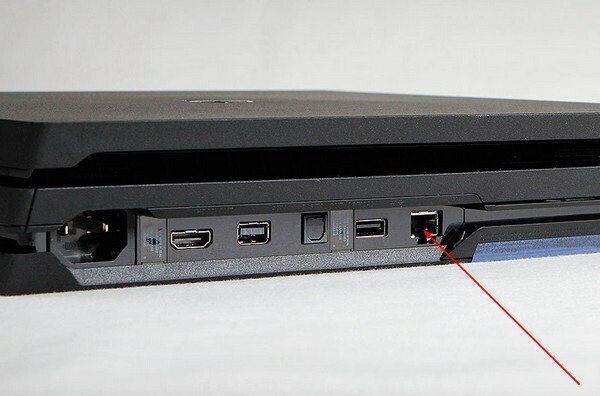 0/3.1 also put unused devices attached to the PS4 console to sleep mode to save energy.
0/3.1 also put unused devices attached to the PS4 console to sleep mode to save energy.
Supported Devices
There are several USB devices that PS4 supports to work with.
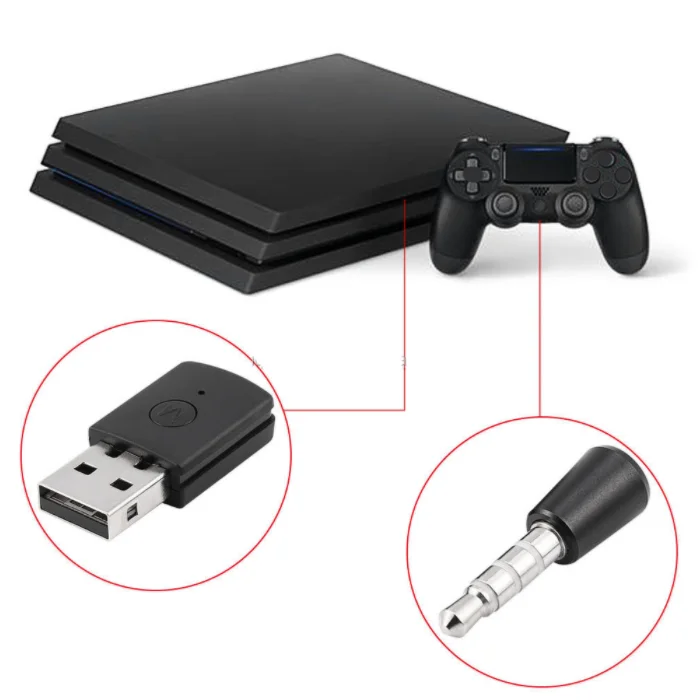 Moreover, PlayStation VR won’t work via USB hub. It must connect directly to PS4 via the original USB port.
Moreover, PlayStation VR won’t work via USB hub. It must connect directly to PS4 via the original USB port.Using PS4 USB Ports
Connect PS4 and a USB device directly with one USB cable by plugging each end into a USB port.
You may plug cables into a USB port at any time regardless of whether the devices involved are powered on or off. Follow the instructions provided with your equipment before unplugging USB cables. In some cases, unplugging a USB cable from a running PS4 can cause damage to the device or the files being used on the PS4. For this reason, it is good practice to always safely eject your USB device before physically unplugging it.
For this reason, it is good practice to always safely eject your USB device before physically unplugging it.
Multiple USB devices can also be connected to each other using a USB hub. A USB hub plugs into one USB port and contains additional ports for other devices to connect subsequently. If using a USB hub with PS4, plug a separate cable into each device and connect them to the hub individually.
Note that external hard drives won’t work as extended storage if connected via a USB hub. You have to connect them directly to the PS4 USB port without any third-party medium.
PS4 USB Port Transfer Speed
Since PS4 uses USB 3.0 connection and PS4 Pro uses USB 3.1, it’s worth illustrating the speed of both connections for general knowledge.
- USB 3.0, also known as SuperSpeed USB, first appeared in November 2009 by Buffalo Technology. The first certified devices weren’t available until January 2010. USB 3.0 improved upon the USB 2.0 technology with speed and performance increases, improved power management, and increased bandwidth capability.
 It provides two unidirectional data paths for receiving and sending data at the same time. PS4 USB 3.0 supports transfer rates up to 5.0 gigabits per second (Gbps), or 640 megabytes per second (MBps). Following the release of USB 3.1, it’s officially renamed to “USB 3.1 Gen1” for marketing purposes.
It provides two unidirectional data paths for receiving and sending data at the same time. PS4 USB 3.0 supports transfer rates up to 5.0 gigabits per second (Gbps), or 640 megabytes per second (MBps). Following the release of USB 3.1, it’s officially renamed to “USB 3.1 Gen1” for marketing purposes. - USB 3.1, also known as SuperSpeed+, was made available as of July 31, 2013, and is the latest version of the USB protocol. PS4 USB 3.1 is capable of transfer rates of up to 10 Gbps, putting it in line with the first generation of Apple’s Thunderbolt channel. Today, many devices use the USB 3.0 and 3.1 revisions for improved performance and speed, including PS4 consoles.
Note that You can use a USB 2.0 device in the PS4 USB 3.0 port. Also, you can use USB 3.0 device in the PS4 Pro USB 3.1 port. The problem here though is that neither setup provides the extra speed benefit.
What Happens When the PS4 USB Port is Damaged
If you quickly and repeatedly insert and remove a USB device, the PS4 USB port may stop responding.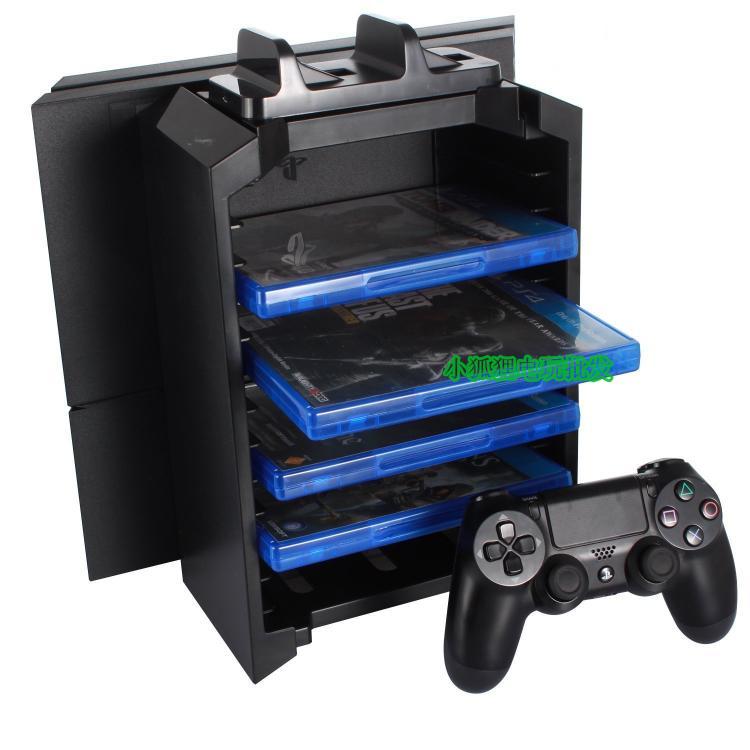 When the port is in this state, it no longer recognizes any USB device, and the USB device will not work.
When the port is in this state, it no longer recognizes any USB device, and the USB device will not work.
If there’s a problem with your PS4 USB port, you’ll notice it—thanks to either of these things:
As for the error messages the PS4 displays when there’s a problem with USB connection, there are a few you have to be aware of:
- “Too Many USB Devices Connected”
- “Connect a USB Storage Device That Contains an Update”
- “The USB storage device is not connected”
- Cannot Start the Application (CE-30005-8)
How to Fix a Damaged PS4 USB Port
When the PS4 USB port(s) isn’t working, you have to give it a physical examination.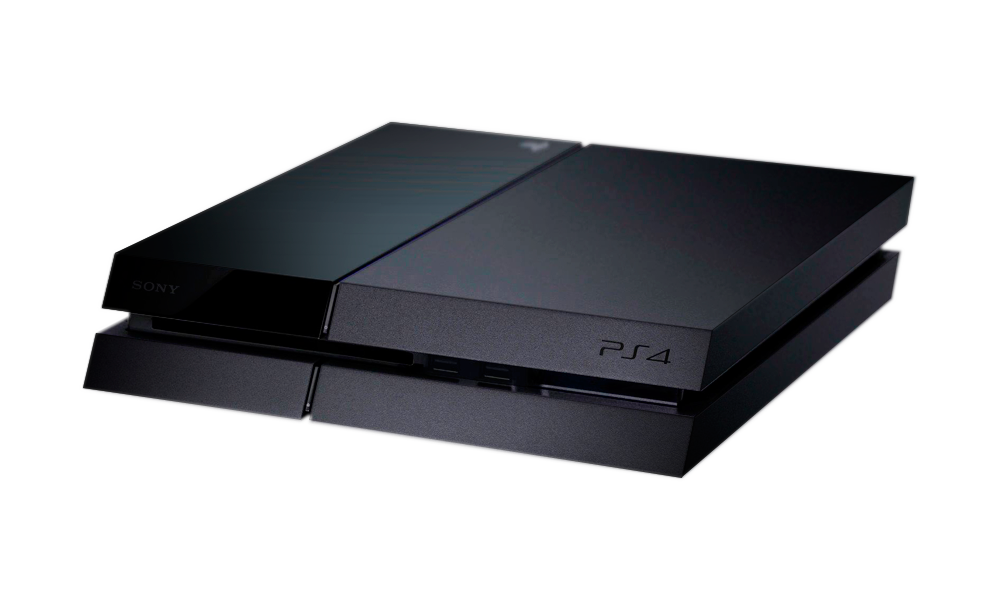
Before proceeding, note that you’ll need to be sure that it is the USB port that is faulty, rather than the device you’re connecting.
To establish which is the problem, connect the device to another USB port. If it works, then the problem is the first port; if the device remains undetected, then either the other USB port is defective as well or you have a faulty device. You better connect your USB device then to a PC to confirm it’s not the source of the problem.
Once you confirm the device is defective, if you can’t reformat the USB drive, it will need replacing.
If there’s a problem with your PS4 USB port, you should investigate its state. Has it been damaged in any way? The safest way to find out is to shut down your PS4 console.
Next, look at the PS4 USB port. Is it clean and dust-free? There’s a chance that dirt, dust, and general detritus might have become embedded in the port.
Dust will reduce airflow, causing your PS4 system to overheat. It is particularly damaging to game consoles, where overheating can reduce performance in seconds and lead the PS4 to either become very slow or even freezing.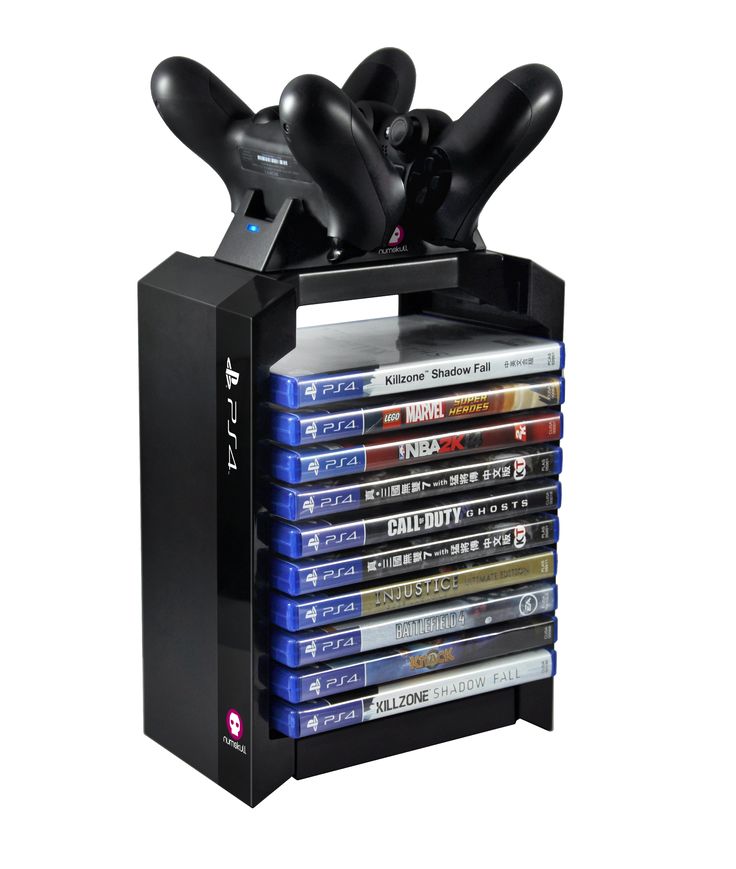 Clean out the drive with a can of compressed air. A vacuum cleaner might also prove handy here.
Clean out the drive with a can of compressed air. A vacuum cleaner might also prove handy here.
Finally, grab a USB cable (or flash drive, whatever) and gently wiggle it around. If the drive is moving and feels loose—typically this will be up and down—then you have a problem.
Fix Broken PS4 USB Hardware
What if the USB port is loose?
The ports are soldered to a board within your PS4 console. This may be the motherboard, but is typically a secondary printed circuit board (PCB). With regular use, ports can become movable, at times completely unattached.
Often, this is down to the shape of the connected USB devices. While small Wi-Fi, Bluetooth, and even new USB flash memory are unlikely to put any significant strain on the port’s physical connection, older “stick” memory drives are a different story. So are USB cables. Their size and associated weight act as a sort of lever, contributing to USB ports working loose.
Replacing a PS4 USB port isn’t easy, it’s going to take a soldering iron. Of course, you could take this to an expert for repair, but there will be associated costs with this. If you want to do it yourself, make sure you know how to solder.
Of course, you could take this to an expert for repair, but there will be associated costs with this. If you want to do it yourself, make sure you know how to solder.
Can Restarting the PS4 Fix Broken USB Ports?
“Have you tried turning it off and back on again?”
This old tech support standby is well-known for a reason: it works!
With your unrecognized USB device correctly inserted into the suspect USB port, restart your console. Once the operating system has rebooted, it should detect the USB device. If not, it’s worth looking at the device in the PS4 system settings.
USB-A, USB-B, and USB-C Port Types
Several major types of physical layouts exist for USB ports:
- USB-A (Type A): The rectangular USB Type-A connector approximately 1.4 cm (9/16 in) length by 0.65 cm (1/4 in) height. USB sticks normally feature USB-A connectors.
- USB-B (Type B): An almost square connector, mostly used for printers and other powered devices that connect to a computer.
 They’re not very common these days, as most devices have moved onto a smaller connection.
They’re not very common these days, as most devices have moved onto a smaller connection. - Mini-USB: A smaller connector type that was standard for mobile devices before micro-USB. While not as common today, you’ll still see these on some cameras, the PlayStation 3 controller, MP3 players, and similar.
- Micro USB: So-called Micro USB versions of both USB-A and USB-B also exist – smaller versions than their base counterparts, popular on mobile devices. Older but now obsolete “mini USB” versions can also be found on many old devices.
- USB Type C: With dimensions of 0.84 cm by 0.26cm, this newer standard is designed to replace both A and B with smaller ports to better support the thinner form factors of mobile devices. This is a reversible cable that promises higher transfer rates and more power than previous USB types. It’s also capable of juggling multiple functions.
In most cases, you’ll find USB cables have one standard type-A end and one type-B end of some sort.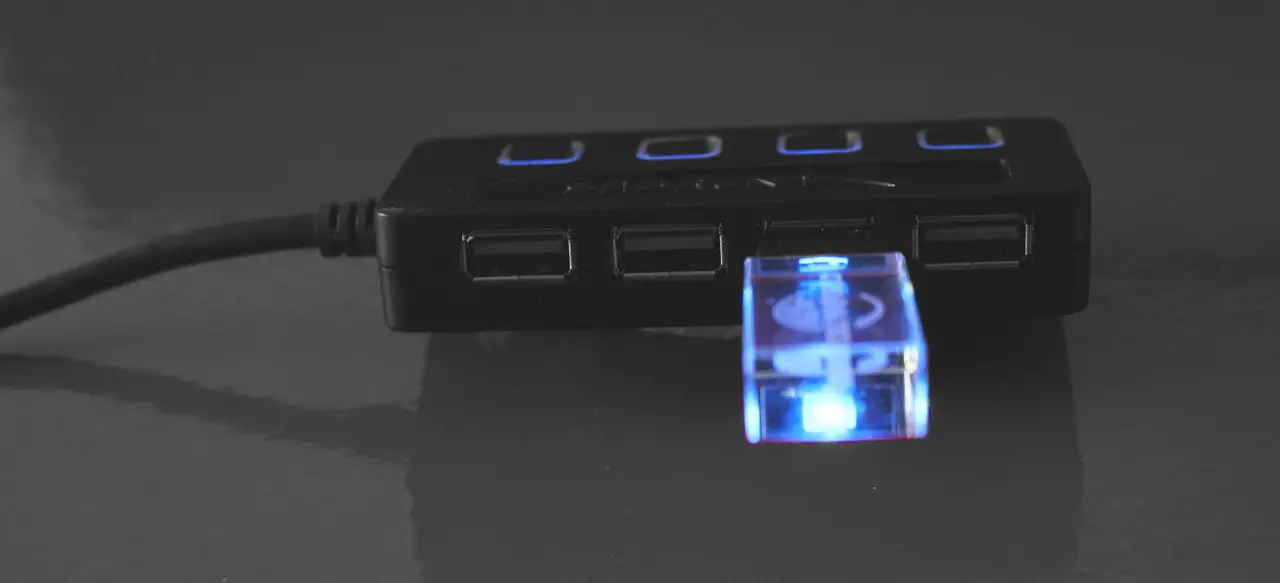 The type-A end powers the device, while the type-B end receives power. This is to prevent potential damage that would be caused by connecting two PS4’s via USB-A.
The type-A end powers the device, while the type-B end receives power. This is to prevent potential damage that would be caused by connecting two PS4’s via USB-A.
To connect a device to PS4 having one kind of port per device with another type, simply use the correct type of cable with appropriate interfaces on each end. USB cables are manufactured to support all supported combinations of types and male/female options.
Conclusion
PS4 USB ports are a strong addition to this mighty game console. Now, after PS4 Pro is released with USB 3.1 connection, the use of high-speed external storage devices such as external SSDs have become more flexible.
The power of the USB ports in the PlayStation 4 gives the console the opportunity to serve you better as you can connect more devices to enhance your gaming experience. but Sony should build more ports to bring it to a total of four to ensure you are well connected and enable us to do more at a time.
PS4 Storage | The Best Storage Solutions For PlayStation 4
External Hard Drive
Many PS4 users complain that their PS4 external hard drive is not recognized, thus not working on their PS4. They try to connect their external hard drive to PS4, but the PS4 system won’t…
They try to connect their external hard drive to PS4, but the PS4 system won’t…
Internal Hard Drive
Upgrading the old stock PS4 internal hard drive to an SSD or, at least, a newer classical hard disk drive (HDD) is what any PS4 power user tends to do if they don’t plan…
«How-To» Guides
There are many reasons why the PS4 would start freezing and crashing especially when it ages. Just like any typical electronic device, when the PS4 gets older, lots of junk files accumulate in the…
«How-To» Guides
Heat is the deadly enemy of electronic components, and when the PS4 is overheating, lots of issues would occur that would badly impact system performance and how PS4 is supposed to work. When your…
When your…
Misc
If you’re getting the error code (CE-34878-0) on your PS4 while you’re playing or even when starting up your system, this is certainly not a good omen. It indicates that the PS4 system is…
«How-To» Guides / Internal Hard Drive
When you first bought your PS4, it ran smoothly and quickly without any issues. But over time, your PS4 would age and become slow and lagging. This is quite frustrating, but the good news…
Misc
Unless you have an issue on your game console, your PS4 should turn off with the click of an option. If the PS4 system won’t turn off despite repetitive attempts, there’s probably a problematic…
Misc
There are certain times when you wish to play a game that you can have a great time playing but you don’t really want those games to take much of your time. Lucky for…
Lucky for…
PlayStation 5
The WD Black P10 external hard drive is an excellent option for PlayStation 5 gamers. It stands out among portable hard drives with its robust metal exterior and eye-catching ridged design. It also offers…
PS4 Controller
One of the common issues PS4 users encounter with their PS4 controller is that when the controller is attached to the PS4 via USB, it will charge properly, but there’s no connection established with…
PlayStation 5
As of Sept 15, 2021, Sony released the official support for M.2 SSD internal storage upgrade but with the requirement of a heatsink. Since then, PS5 users are able to increase the annoyingly limited…
PlayStation 5
The fifth-generation PlayStation console (i.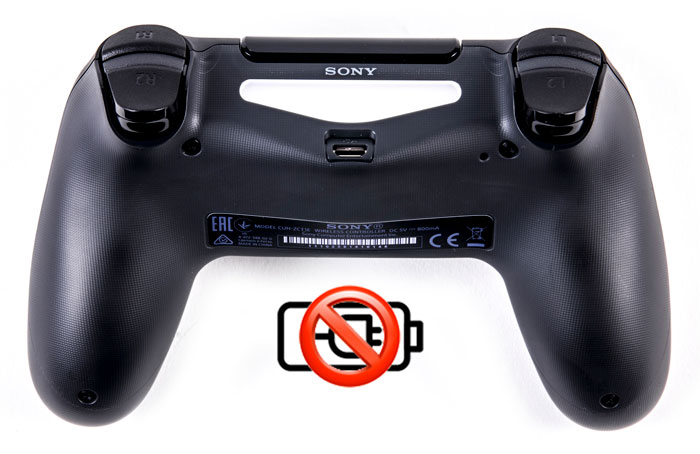 e., the PS5) is a fantastic piece of hardware, but its storage space is relatively limited. That’s because the operating system and other essential files eat through the quoted 825…
e., the PS5) is a fantastic piece of hardware, but its storage space is relatively limited. That’s because the operating system and other essential files eat through the quoted 825…
«How-To» Guides
Rock star games are typically played on PC because they are mission-based. A large screen aids in the participants’ having a good experience. Most gamers enjoy experimenting, and one such experiment involves using a…
PS4 Controller
These situations will urge you to consider a PS4 controller reset seriously. Now, let’s learn how to reset the PS4 controller and get it back working just like when you first used it. What…
Hard Disk Drive
Regarding gaming consoles, storage capacity is one of the most important factors./i.s3.glbimg.com/v1/AUTH_08fbf48bc0524877943fe86e43087e7a/internal_photos/bs/2021/Z/Q/cQ4VoVR4SPDCw0uESGCA/2015-06-10-ps.jpg) That is especially true for the PlayStation 4, as the games can range from relatively small sizes to large, data-intensive files. Depending…
That is especially true for the PlayStation 4, as the games can range from relatively small sizes to large, data-intensive files. Depending…
Using extended storage | PlayStation®4 User’s Manual
The USB storage device can be used as extended storage for installing applications. You can also move apps from the PS4™ system storage to extended storage.
Use a USB storage device that meets the following requirements.
- SuperSpeed USB or faster
- SuperSpeed USB 5Gb/s (USB 3.0/USB 3.1 Gen1/USB 3.2 Gen1)
- SuperSpeed USB 10 Gb/s (USB 3.1 Gen2/USB 3.2 Gen2/USB 3.2 Gen1x2)
- SuperSpeed USB 20 Gbps (USB 3.2 Gen2x2)
- Capacity — 250 GB minimum and 8 TB maximum
The first time you use a USB stick, it must be formatted. Select the device in (Settings) > [Devices] > [USB Storage], and then select [Format as External Storage]. After formatting is completed, the device will automatically be selected as the application installation location.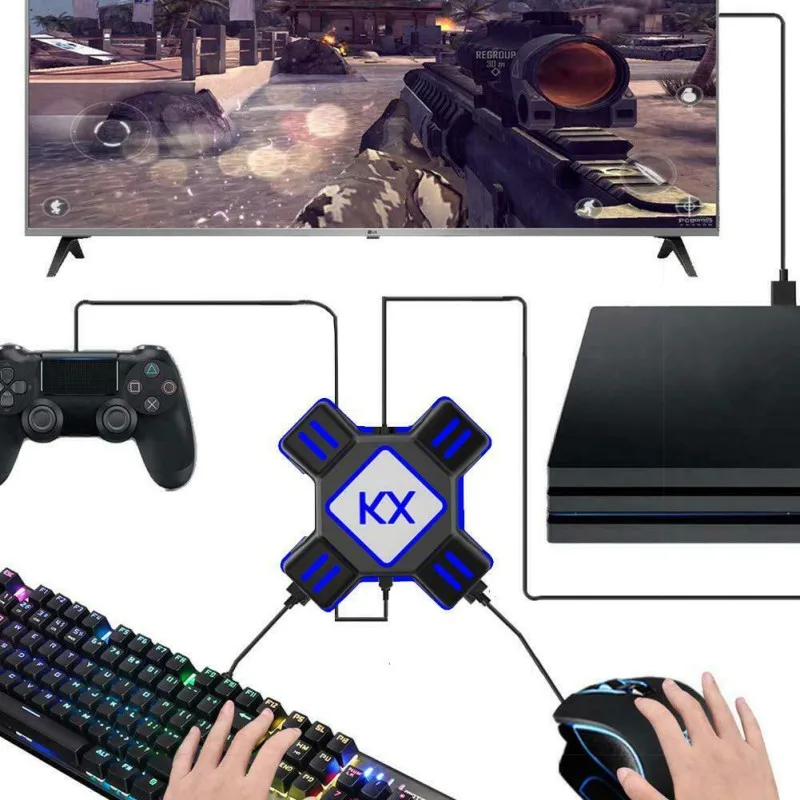
- To use a USB storage device as extended storage, connect it directly to your PS4™ system. Do not connect it through a USB hub.
- Only one external storage can be used at a time.
- The data types listed below are saved to system memory only and cannot be saved to extended storage.
- Screenshots and video clips
- Stored data
- Threads
- USB drives formatted as external storage are compatible with the PS5™ console.
- There is no guarantee that all USB storage devices will be compatible with your system.
Move apps
You can move a saved app between PS4™ system storage and extended storage.
- 1.
- Select (Settings) > [Memory].
- 2.
- Select the storage that contains the application you are looking for, and then select [Applications].
- 3.
- Press the OPTIONS button to specify a new storage, and then select the applications you want to move.
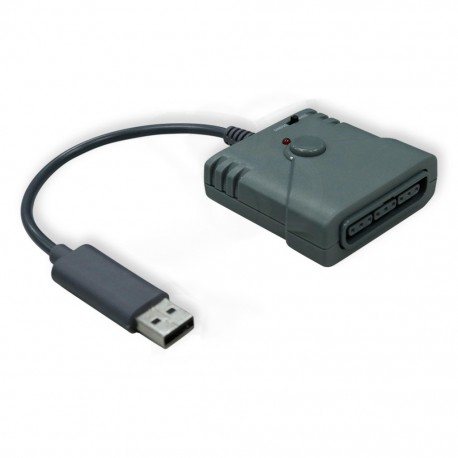
Changing the application installation location
Select (Settings) > [Storage], then press the OPTIONS button and specify the installation location in [Application Installation Location].
Disabling extended storage
Use one of the following methods to safely disable extended storage.
- Select [Sound/devices] > [Stop using external storage] from the quick menu.
- Select in (Settings) > [Devices] > [USB Storage] the extended storage device you want to disable, and then select [Stop using this external storage].
- Turn off your PS4™ console. The power indicator should turn off.
Note
Failure to safely disable extended storage may result in loss or corruption of data, or damage to the system.
- USB sticks
- Memory
- Top of page
- back
- Forward
USB3.0 HUB For PS4 PRO Extender Adapter USB2.
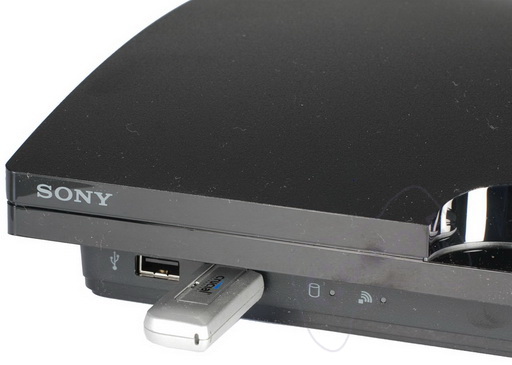 0 HUB Game Console Extend USB Adapter Accessories
0 HUB Game Console Extend USB Adapter Accessories
DHgate > Games & Accessories > Game Accessories > Other Game Accessories > USB3.0 HUB for PS4 PRO Extender Adapter USB2.0 HUB Game Console Extend USB Adapter Accessories
Top 3 stores
Store categories
- Description| Translate to English
- Company Overview
Report Item
monkotech
- Description| transfer to English
- company review
Add to basket
Features
Description of the product
- HUB includes one (1) Port USB 3.
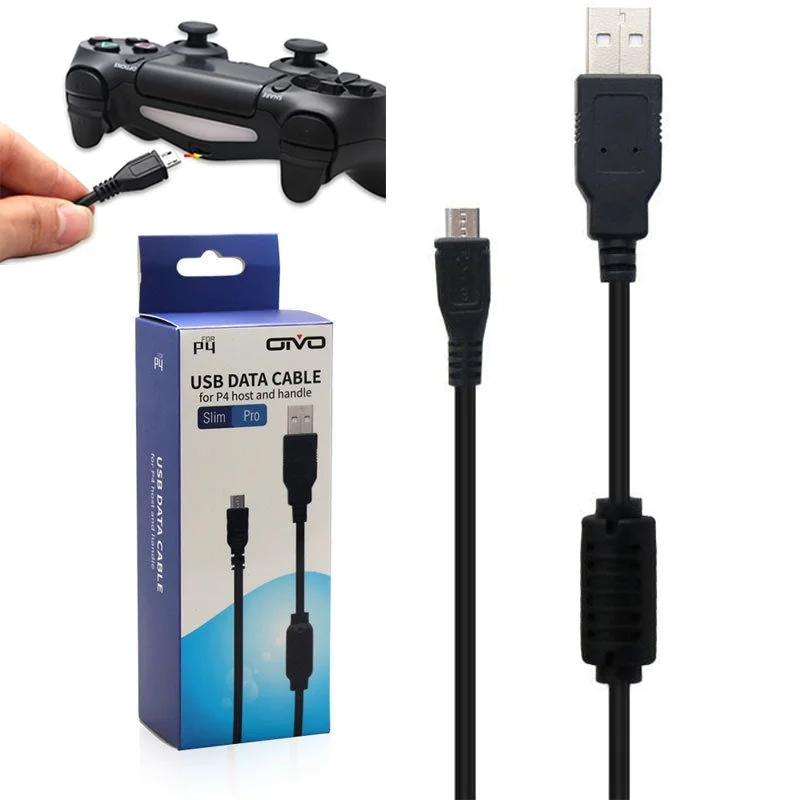 0 and four (4) ports of USB 2.0 for USB 2.0 ports faster data transfer and power charging. Allows you to use or charge up to 5 USB accessories at the same time.
0 and four (4) ports of USB 2.0 for USB 2.0 ports faster data transfer and power charging. Allows you to use or charge up to 5 USB accessories at the same time. - PS4 SLIM and PRO HUB is a new product based on the PS4 Host 5-Port USB Expander Hub Expander, specially designed to fit PS4 Slim and Pro Console.
- USB HUB PlayStation Slim and Pro USB with LED indicator lights means you can quickly recognize the working status of each connection of your devices.
- It is very easy to use, insert it into PS4 Slim and Pro Console, then use the Micro USB cable to connect PS4 Slim and Pro Controller with PS4 Slim and Pro Console, you can use it.
- Allows you to use or charge up to 5 USB accessories at the same time
- Matches perfectly with your PS4 Slim and Pro Console, durable as in aesthetic daily use. It is convenient and really a must for gamers.
Instruction manual
- Insert the PS4 Slim and Pro Hub correctly into the PS4 USB port.

- Connect the power supply.
- Charge your PS4 Slim and Pro controller directly when connected to it with this product’s USB 3.0 port.
- With other USB 2.0 4 out port.
contents of the package
1 x USB Hub for PS4 Pro.
More description
similar items
Related keywords
You may also like
more than
5
For new users
Join Free
See personal recommendations
,
To come in
No
, ?
Go out
Return Policy Details
- Buyers may return item(s) for a refund within 7 days of receipt of item and buyer pays return shipping fees. Item(s) must be returned in the same condition as received.
- Customers may return item(s) for a refund if they are not as described or for quality reasons within 7 days of receiving the item.
